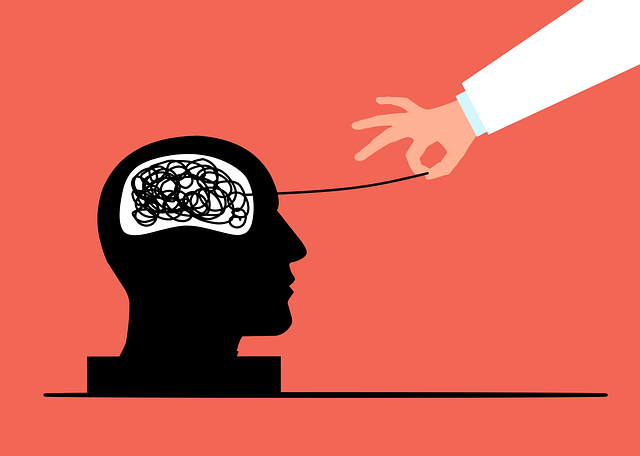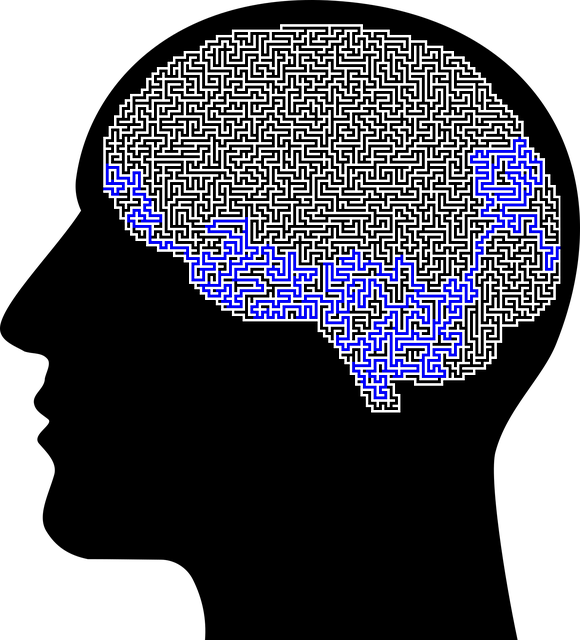Castle Rock Panic Disorder (CRPD) therapy focuses on emotion regulation techniques to manage anxiety attacks. Recognizing triggers, learning CBT, practicing deep breathing & mindfulness, and building empathy enhance emotional healing. Personalized strategies, like Compassion Cultivation, help individuals regulate emotions, reduce panic episodes, and improve quality of life.
Emotion regulation techniques are powerful tools for managing conditions like Castle Rock Panic Disorder, which can significantly impact daily life. This article explores strategies to gain control over anxiety, specifically targeting the frequent and intense episodes of Castle Rock Panic Disorder and Anxiety Attacks. Through understanding the benefits of emotion regulation, identifying personal triggers, learning effective mindfulness practices, and creating tailored tools, individuals can achieve long-term success in managing their mental health. Discover how these techniques offer a transformative path to a calmer, more balanced life.
- Understanding Emotion Regulation and its Benefits
- Identifying Triggers: Recognizing Patterns in Castle Rock Panic Disorder
- Techniques for Managing Anxiety Attacks
- Mindfulness Practices for Daily Living
- Creating Personalized Tools for Long-Term Success
Understanding Emotion Regulation and its Benefits

Understanding emotion regulation is a powerful tool for managing conditions like Castle Rock Panic Disorder and Anxiety Attacks Therapy. It involves recognizing and controlling emotional responses, enabling individuals to adapt to challenging situations with greater ease. By learning effective strategies, people can navigate intense emotions, reduce their impact, and foster better mental well-being. This process isn’t just beneficial for those dealing with anxiety disorders; it’s a valuable asset in everyday life, promoting resilience and enhancing overall quality of life.
Emotion regulation techniques go beyond simple stress management workshops offered by organizations like the Stress Management Workshops Organization. They delve into emotional healing processes, teaching individuals to identify triggers, understand their feelings, and employ coping mechanisms that suit their unique needs. Moreover, empathy building strategies play a crucial role in fostering understanding and connection, helping people manage their emotions and those of others more effectively.
Identifying Triggers: Recognizing Patterns in Castle Rock Panic Disorder

Identifying triggers is a crucial step in managing Castle Rock Panic Disorder (CRPD) and its associated anxiety attacks. Individuals with CRPD often experience sudden and intense panic episodes, which can be greatly influenced by environmental or internal cues. By paying close attention to these triggers, individuals can gain valuable insights into their condition and develop effective coping strategies. Recognizing patterns is key; certain places, situations, or even thoughts might act as catalysts for anxiety attacks. For example, a crowded mall could evoke feelings of claustrophobia, leading to a panic attack.
Through therapy, patients learn to identify these triggers and understand the connection between their emotions and physical sensations during an attack. This awareness allows for better preparation and response management. Anxiety therapy techniques, such as cognitive-behavioral therapy (CBT), can help individuals challenge negative thoughts and replace them with more positive, realistic perspectives. Additionally, focusing on self-esteem improvement and mental health awareness can empower individuals to manage CRPD effectively, reducing the frequency and intensity of anxiety attacks over time.
Techniques for Managing Anxiety Attacks

Managing anxiety attacks is a crucial aspect of Castle Rock Panic Disorder and Anxiety Attacks Therapy. One effective technique involves deep breathing exercises, such as diaphragmatic breathing or progressive muscle relaxation, which can help individuals calm their physiological responses to stress and panic. By focusing on slow, controlled breaths, individuals can reduce heart rate, lower blood pressure, and decrease overall anxiety levels.
Additionally, integrating conflict resolution techniques and empathy building strategies into self-care practices has proven beneficial. Cognitive behavioral therapy (CBT) offers valuable tools for identifying and challenging negative thought patterns associated with anxiety attacks. Encouraging open communication and practicing active listening can also foster understanding and support within relationships, contributing to better emotional regulation. Self-care practices like regular exercise, adequate sleep, and mindfulness meditation further enhance an individual’s ability to manage their symptoms effectively.
Mindfulness Practices for Daily Living

Mindfulness practices have emerged as a powerful tool within Castle Rock Panic Disorder and Anxiety Attacks Therapy, offering individuals a way to navigate and manage their emotional responses on a daily basis. This ancient technique encourages people to focus their attention on the present moment, observing thoughts and feelings without judgment. By cultivating mindfulness, individuals can enhance their emotional regulation skills, enabling them to reduce anxiety symptoms and improve overall well-being.
Incorporating mindfulness into daily routines allows for a more mindful approach to life’s challenges. Through practices such as meditation, deep breathing exercises, and body scans, individuals learn to recognize when they’re feeling stressed or anxious, thus facilitating an early intervention in emotional healing processes. This proactive approach is particularly beneficial for those who struggle with panic disorder, as it helps them avoid triggering situations and promotes a sense of calm and control over their mental health.
Creating Personalized Tools for Long-Term Success

In Castle Rock Panic Disorder and Anxiety Attacks Therapy, a key aspect of successful long-term treatment is arming individuals with personalized emotional regulation tools. These aren’t one-size-fits-all solutions; they’re tailored to each person’s unique needs and experiences. By incorporating techniques like Compassion Cultivation Practices, which fosters self-kindness and mindfulness, individuals can develop a deeper understanding and acceptance of their emotions. This proactive approach not only helps in managing acute anxiety episodes but also serves as an effective burnout prevention strategy for healthcare providers frequently dealing with intense emotional situations.
The process involves collaborative effort between therapist and client, where they jointly identify triggers, explore coping mechanisms, and practice Emotional Regulation strategies. Through consistent application, these tools become integral parts of daily routines, enabling individuals to navigate challenging situations with greater ease. By investing time in developing this personalized arsenal, individuals are better equipped to face future challenges, ensuring sustained mental well-being and improved quality of life.
Emotion regulation techniques, as explored in this article, offer powerful tools for managing conditions like Castle Rock Panic Disorder and mitigating anxiety attacks. By understanding the benefits of emotional control and utilizing practices such as mindfulness, individuals can gain significant control over their mental well-being. Combining these strategies with personalized tools enables long-term success in navigating and overcoming challenges related to anxiety disorders, enhancing overall quality of life.














